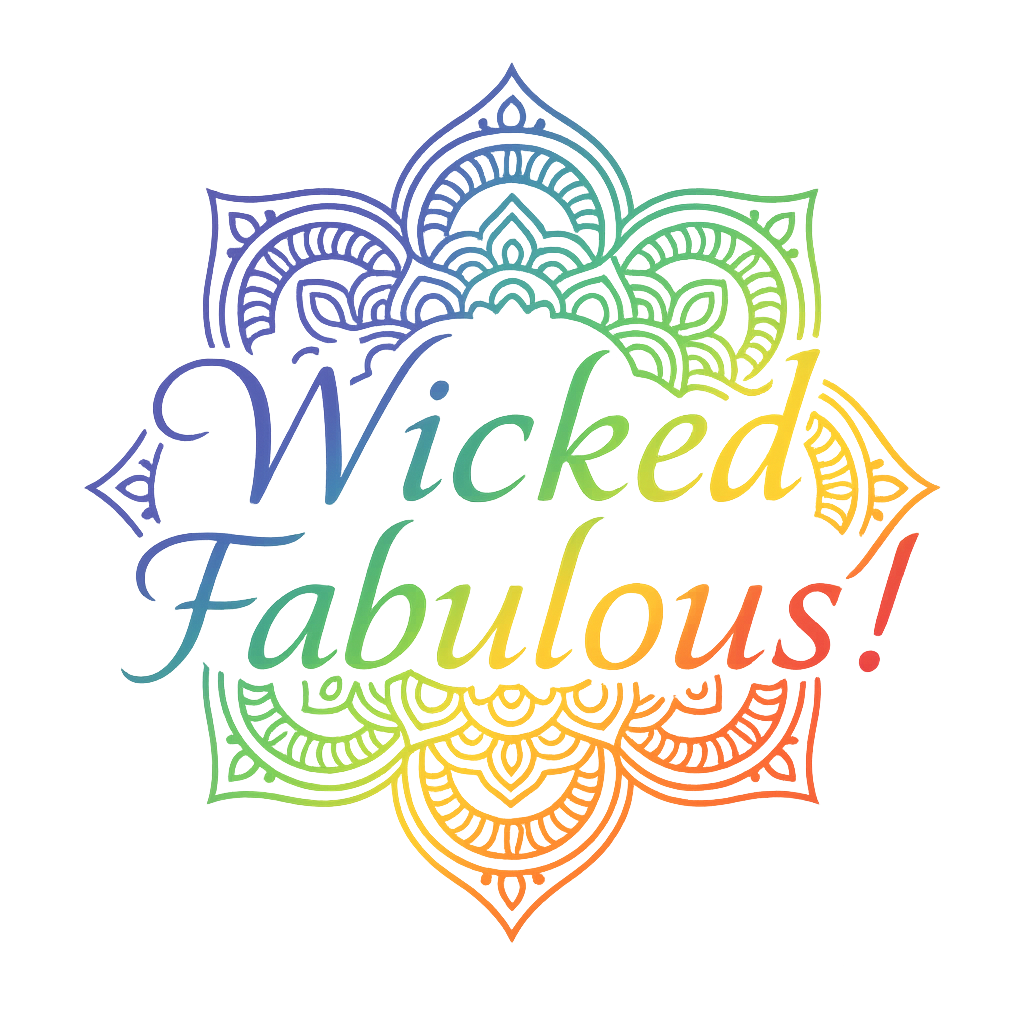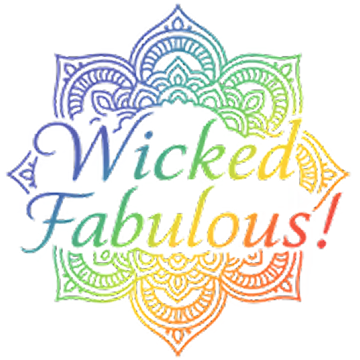Embracing Pride and Identity: A Celebration of the Gay Bear Community

The LGBTQ+ community is as diverse as it is vibrant, with countless subcultures and identities that provide a home and sense of belonging for people from all walks of life. Among these is the gay bear community, a subculture that celebrates body positivity, masculinity, and inclusivity, while fostering a unique sense of camaraderie and pride.
Who Are the Bears?
The term "bear" in gay culture typically refers to gay men who embrace and celebrate a rugged, often larger, and more traditionally masculine aesthetic. Bears are often characterized by their facial and body hair, stocky or muscular builds, and a love for flannel shirts, though no strict rules govern who can identify as a bear. The community's origins date back to the late 1980s when it began as a countercultural movement within the LGBTQ+ community, rejecting the stereotypical expectation of slender, clean-shaven gay men often depicted in mainstream media.
Bears pride themselves on being inclusive, welcoming individuals who may feel out of place in other LGBTQ+ subcultures. Over time, the bear community has expanded to include several subgroups:
- Cubs: Younger or smaller men who share the aesthetic of bears.
- Otters: Leaner and often hairier men.
- Chubs: Larger men who embrace their size and body positivity.
- Wolf: A more rugged, outdoorsy bear.
Each subgroup reflects the diversity within the bear community and its commitment to individuality and acceptance.
A Safe Haven for Body Positivity
At its core, the bear community is a celebration of body diversity. In a society that often pressures people to conform to narrow beauty standards, the bear community offers an alternative narrative: you are beautiful just as you are. This ethos has made it a safe haven for those who may not feel at home in other LGBTQ+ spaces, fostering self-love and acceptance in a way that resonates deeply with its members.
Bear Events and Gatherings
The bear community is known for its vibrant social events, which are a cornerstone of its culture. From small local meetups to large international gatherings, these events are places where bears and their admirers can come together to celebrate. Some notable bear events include:
- Bear Week in Provincetown: One of the largest bear gatherings in the world, held annually in Provincetown, Massachusetts.
- Southern Decadence: A massive celebration in New Orleans that includes a strong bear presence.
- International Bear Convergence: Hosted in Palm Springs, this event attracts bears from across the globe.
These events are a celebration of pride, community, and fun, featuring dances, parties, and fundraisers that often benefit LGBTQ+ charities.
Bears in Popular Media
The rise of social media and streaming platforms has helped increase visibility for the bear community. From blogs to Instagram accounts showcasing bear fashion and lifestyle to shows like Looking, which featured a bear as a prominent character, representation is growing. These depictions challenge stereotypes about gay men and highlight the diversity within the LGBTQ+ community.
The Spirit of Inclusivity
Perhaps the most striking quality of the bear community is its inclusivity. While it is rooted in a specific aesthetic and identity, the community welcomes people of all races, genders, and body types. It offers a sense of belonging for anyone who shares its values of acceptance, friendship, and pride.
In a world that can often feel isolating, the bear community is a testament to the power of finding your tribe. It’s a reminder that within the LGBTQ+ spectrum, there’s a place for everyone—whether you’re a bear, a cub, or just a supporter of this warm, welcoming world.
So the next time you see a bear flag—a grizzly paw print set against stripes of earth tones—know it symbolizes more than a group of burly men. It’s a symbol of pride, diversity, and a celebration of individuality.
Share

